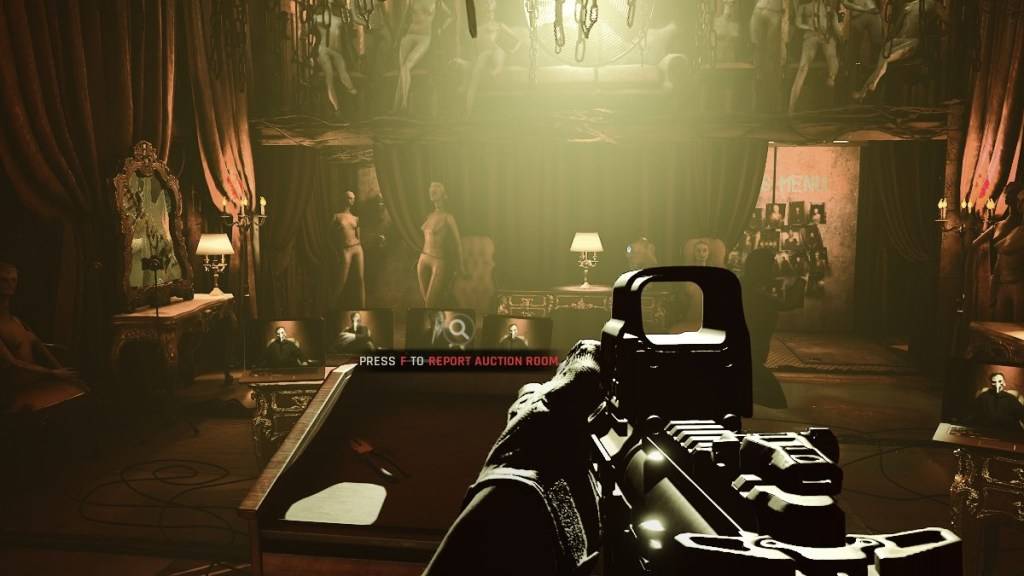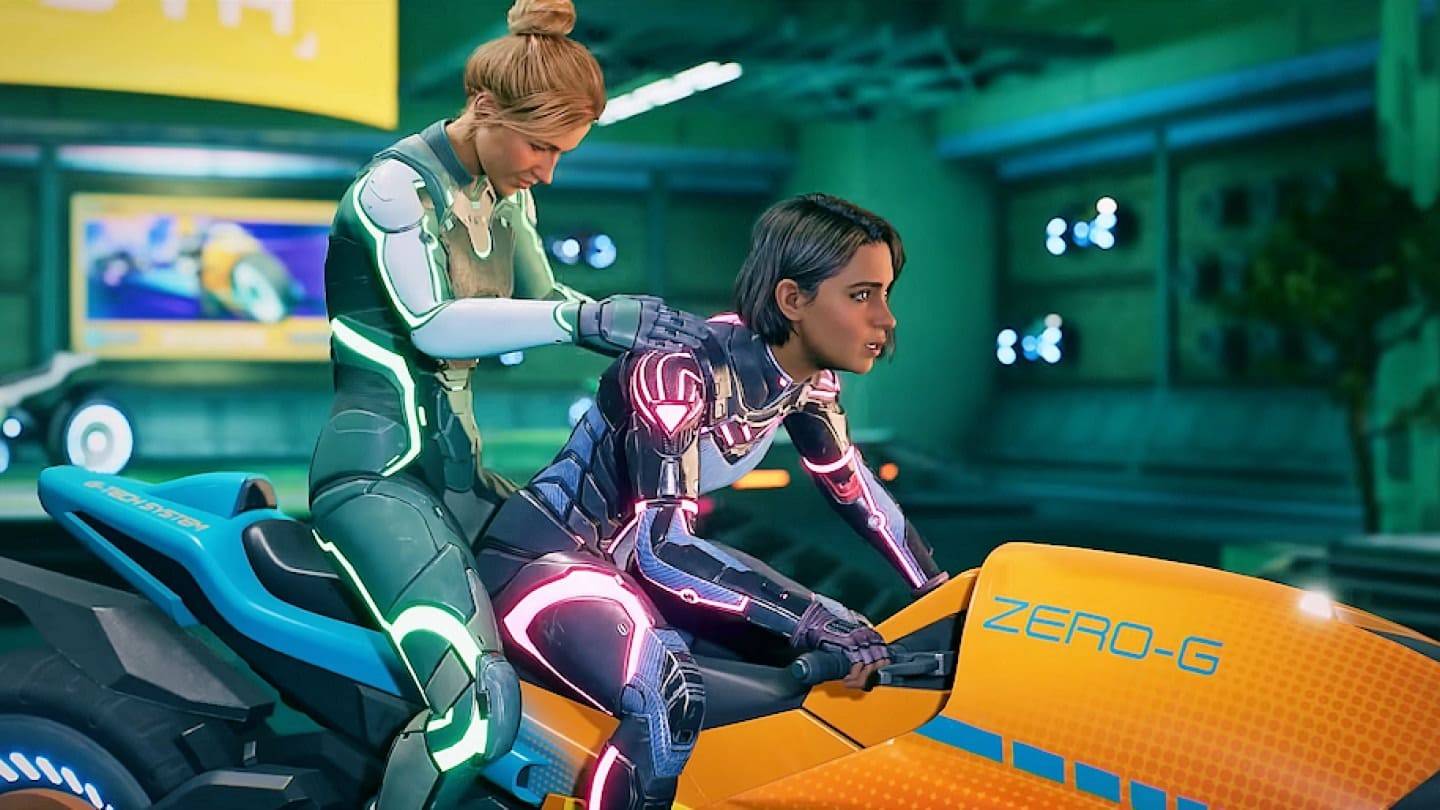DirectX 11 vs. DirectX 12: Which is Superior?
Navigating the world of modern gaming often leads you to technical crossroads, like choosing between DirectX 11 and DirectX 12 for *Ready or Not*. If you're not particularly tech-savvy, this decision might seem daunting. DirectX 12 is newer and promises better performance, but DirectX 11 is renowned for its stability. So, which one should you go for?
DirectX 11 and DirectX 12, Explained
In simple terms, both DirectX 11 and DirectX 12 serve as intermediaries between your computer and the games you play. They help your GPU render the game's visuals and scenes effectively.
DirectX 11, being the older of the two, is easier for developers to implement. It's straightforward but doesn't fully harness the potential of your CPU and GPU, resulting in less optimal performance. Its widespread use stems from its ease of implementation and reliability.
Conversely, DirectX 12 is the newer, more efficient version. It makes better use of your CPU and GPU resources and offers developers more optimization options. This can lead to enhanced performance in games. However, it requires more effort from developers to fully leverage its capabilities, making it more complex to work with.
Should You Use DirectX 11 or DirectX 12 for Ready or Not?
 Screenshot via The Escapist
Screenshot via The Escapist
The choice between DirectX 11 and DirectX 12 for *Ready or Not* hinges on your system's specifications. If you're equipped with a modern, high-end system featuring a graphics card that supports DirectX 12 well, opting for DirectX 12 could be beneficial. It efficiently utilizes your GPU and CPU resources, distributing the workload across multiple CPU cores. This leads to smoother gameplay, higher frame rates, and potentially improved graphics. Better frames might just give you that edge to stay alive longer in the game.
However, DirectX 12 may not be ideal for older systems. It can cause more issues than it solves on outdated hardware. In such cases, sticking with DirectX 11 is advisable due to its greater stability on older systems. While DirectX 12 offers superior performance, it might not mesh well with older PCs and could lead to performance hiccups.
In summary, if you're running a modern system, DirectX 12 is the way to go for better resource utilization and enhanced performance. For older systems, DirectX 11 remains the more stable and reliable choice.
Related: All Soft Objectives in Ready or Not, Listed
How to Set Your Rendering Mode in Ready or Not
When you launch *Ready or Not* on Steam, you'll be prompted to choose your Rendering Mode—either DX11 or DX12. Simply select the option that suits your system best. If you're on a newer PC, go with DX12; if you're using an older PC, stick with DX11.
If the rendering mode selection window doesn't appear, here's how to fix it:
- In your Steam Library, right-click on *Ready or Not* and select Properties.
- In the new window, navigate to the General tab and find the Launch Options drop-down menu.
- From the drop-down menu, choose your desired Rendering Mode.
And there you have it—guidance on whether to choose DirectX 11 or DirectX 12 for *Ready or Not*.
Ready or Not is available now for PC.
























![Salvation in Nightmare [v0.4.4]](https://imgs.21qcq.com/uploads/36/1719555347667e551321c26.jpg)




